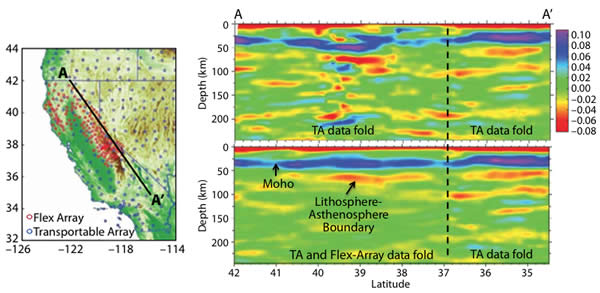The forefront of seismological research is constantly evolving. New scientific questions drive new algorithms and techniques, which in turn stimulate the need for new observatory and equipment capabilities. The resultant new data sets lead to even newer techniques that better exploit the data and can lead to new geological hypotheses. This feedback loop has been present since the inception of IRIS as a community facility to implement and operate the seismological infrastructure that supports the ever-changing science requirements of the community. The revolution in instrumentation and data standards that emerged in the 1980s was championed and adopted in the early years of IRIS—24-bit data loggers, broadband feedback seismometers, real-time telemetry and advanced data management systems—and have served to put the US academic community at the forefront of global seismological research. While there has continued to be evolution in IRIS utilization of these technologies over the past 20 years, revolutionary technologies that are now available or on the close horizon offer the opportunity to stimulate another significant advance in seismological research. To this end, IRIS Instrumentation Services will undertake and coordinate four key instrumentation activities described below that will address the communities’ future instrumentation needs; build the foundations of future obser- vatories; and promulgate knowledge and best practices to enhance data quality, availability, and impact.
 Figure 1: NT Instrument Pool Example
Figure 1: NT Instrument Pool Example